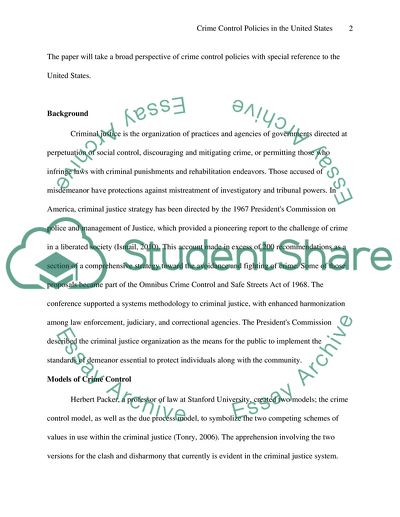Cite this document
(Crime Control Policies in the United States Term Paper, n.d.)
Crime Control Policies in the United States Term Paper. Retrieved from https://studentshare.org/law/1600230-criminal-justice-crime-control-policies-in-the-united-states
Crime Control Policies in the United States Term Paper. Retrieved from https://studentshare.org/law/1600230-criminal-justice-crime-control-policies-in-the-united-states
(Crime Control Policies in the United States Term Paper)
Crime Control Policies in the United States Term Paper. https://studentshare.org/law/1600230-criminal-justice-crime-control-policies-in-the-united-states.
Crime Control Policies in the United States Term Paper. https://studentshare.org/law/1600230-criminal-justice-crime-control-policies-in-the-united-states.
“Crime Control Policies in the United States Term Paper”. https://studentshare.org/law/1600230-criminal-justice-crime-control-policies-in-the-united-states.


